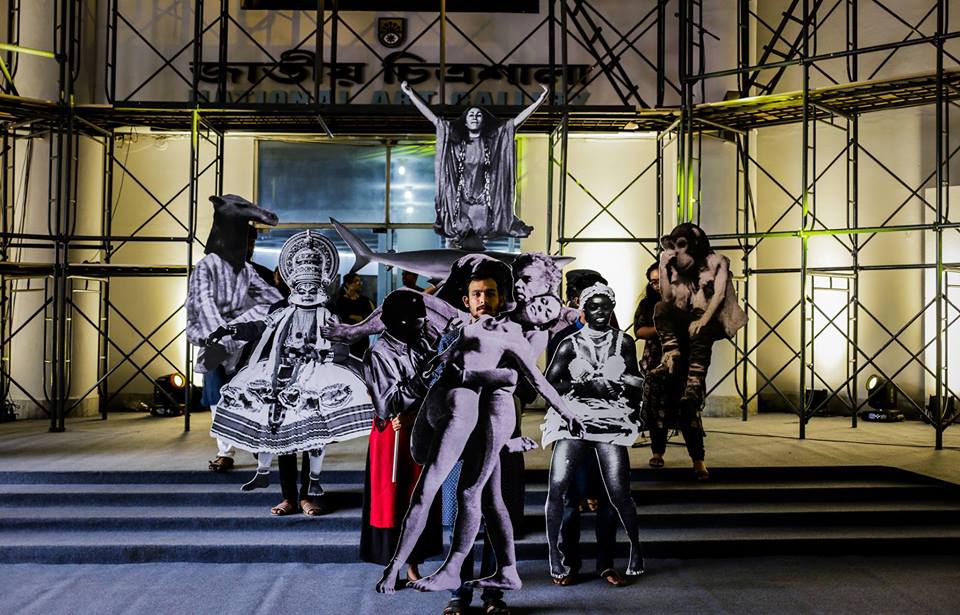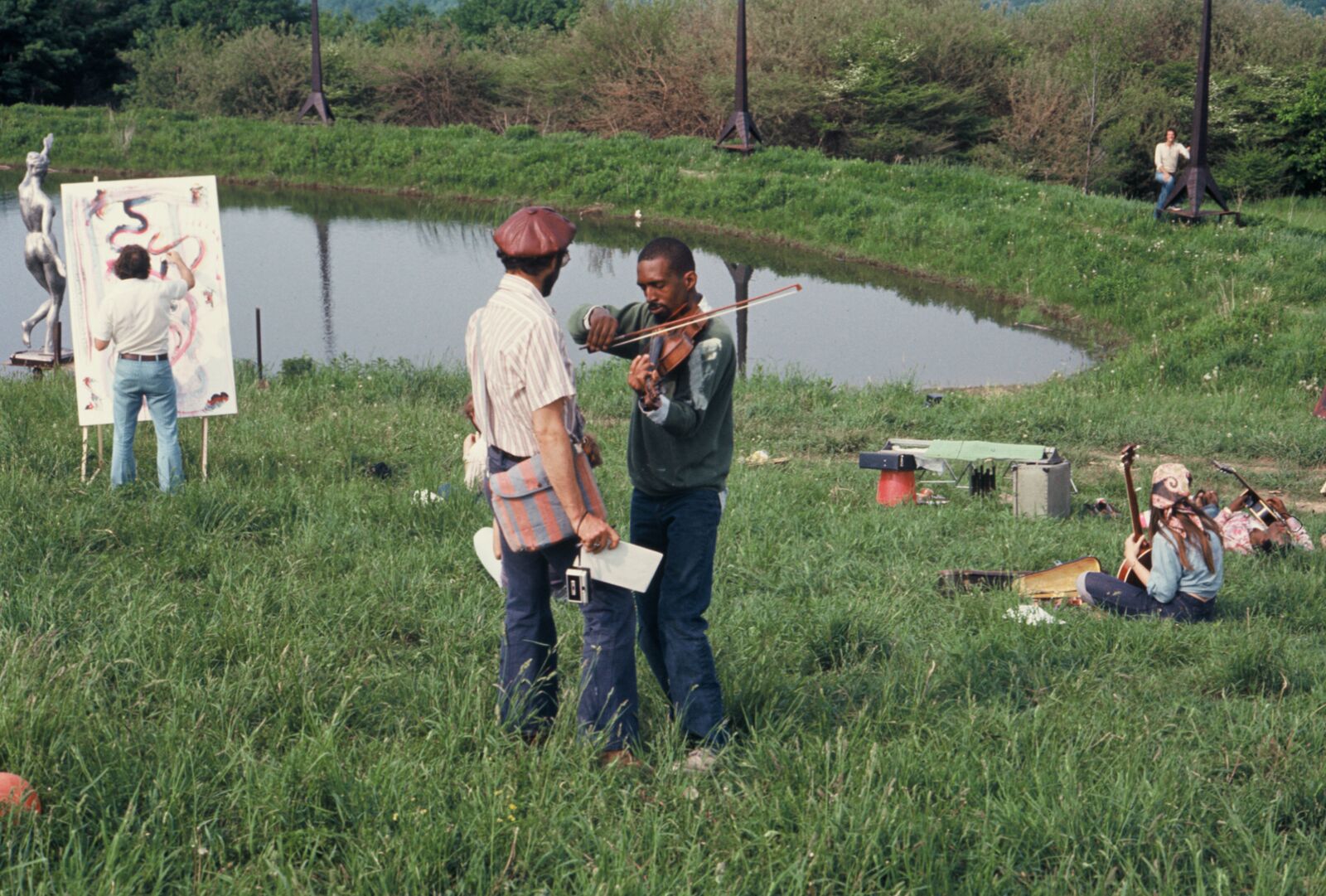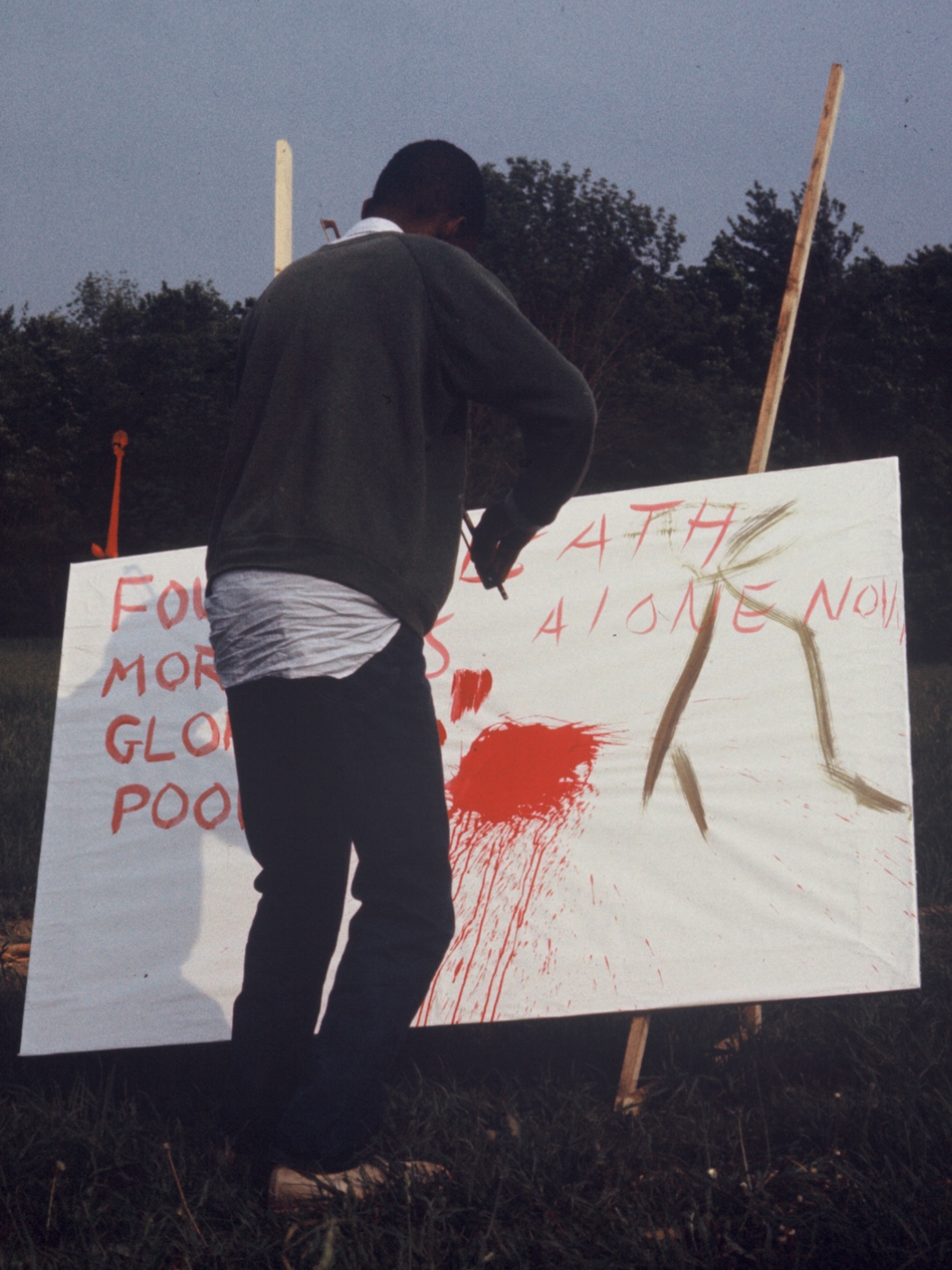A Utopian Stage
Exhibition in the framework of Maerzmusik–Festival für Zeitfragen
Curated by Vali Mahlouji/ Archaeology of the Final Decade
DOUBLE OPENING 23.03.2019 A Utopian Stage & Tele-Visions
19:00 Tele-Visions, Betonhalle, silent green Kulturquartier
20:00 A Utopian Stage, SAVVY Contemporary
21:00 Concert: Iannis Xenakis, Persepolis (sound direction by Daniel Teige), Betonhalle
On Show 24.03.— 28.04.2019
OPENING TIMES 24.03.—31.03.2019 DAILY 14:00—19:00
04.04.—27.04.2019 Thur—Sun 14:00—19:00
Guided Tours in SAVVY Tongues
12.04.2019 15:00 With Bonaventure Soh Bejeng Ndikung in English
26.04.2019 16:00 With Pia Chakraverti–Wuerthwein in English
26.04.2019 17:00 With Eirini Fountedaki in Greek
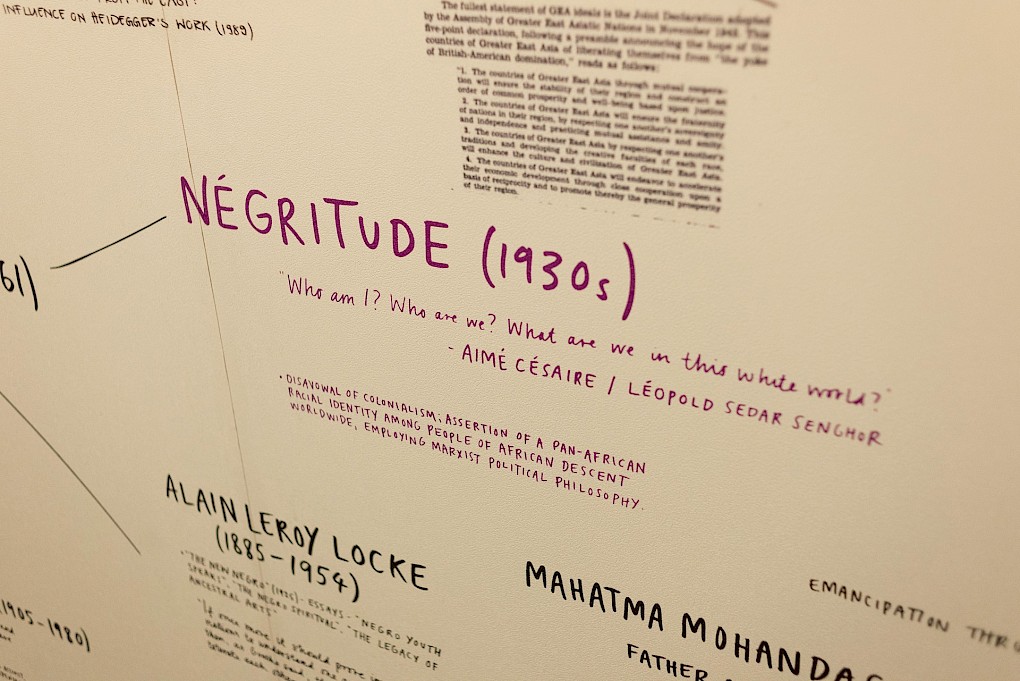
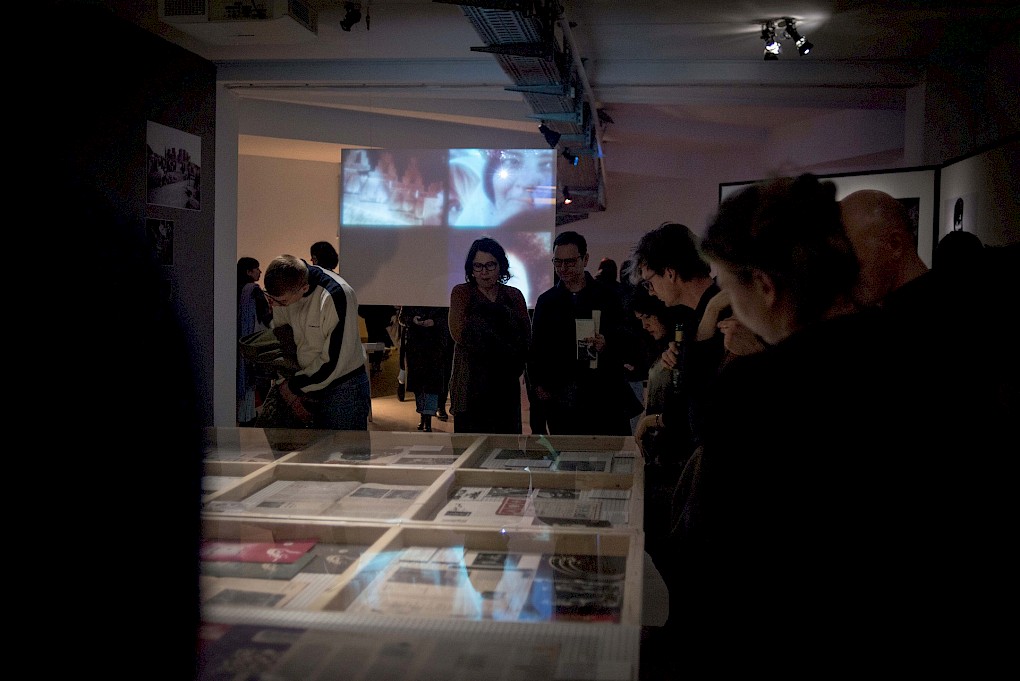
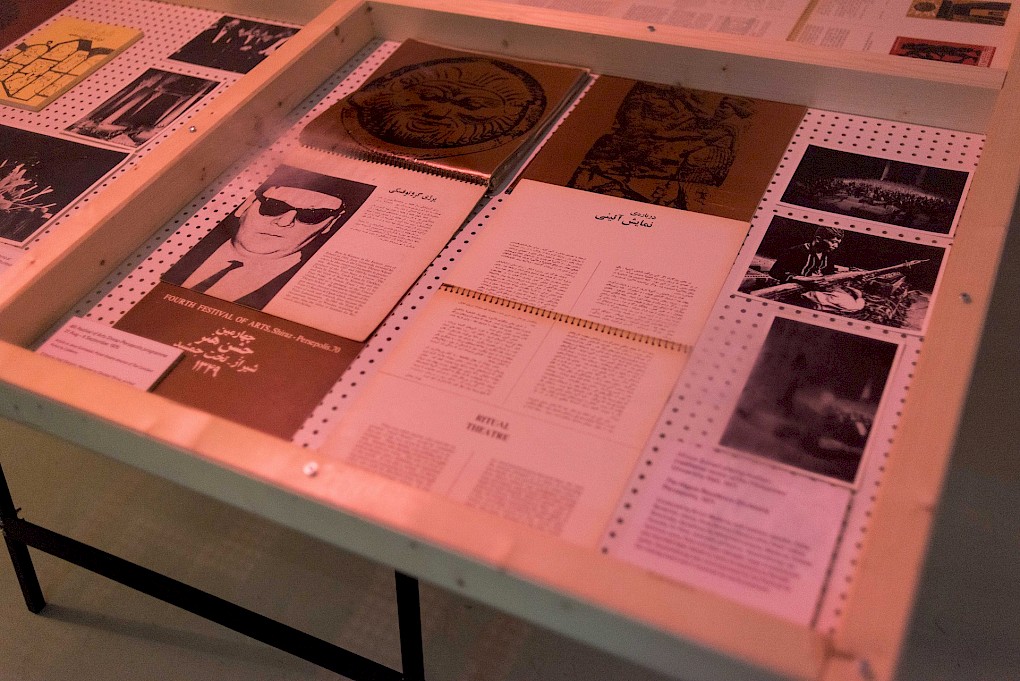
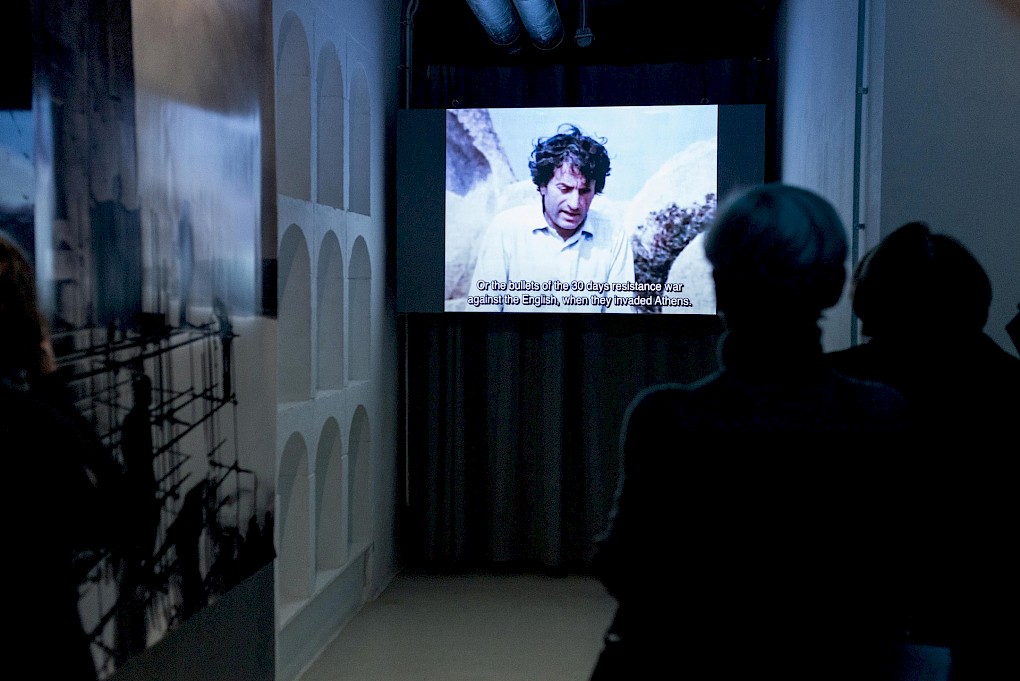
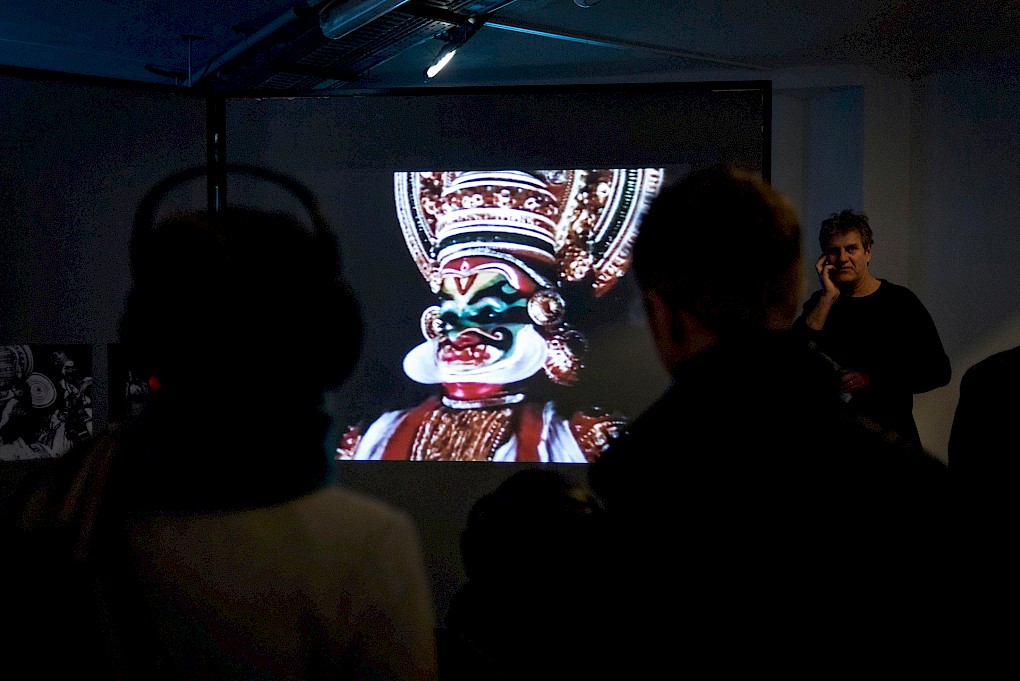
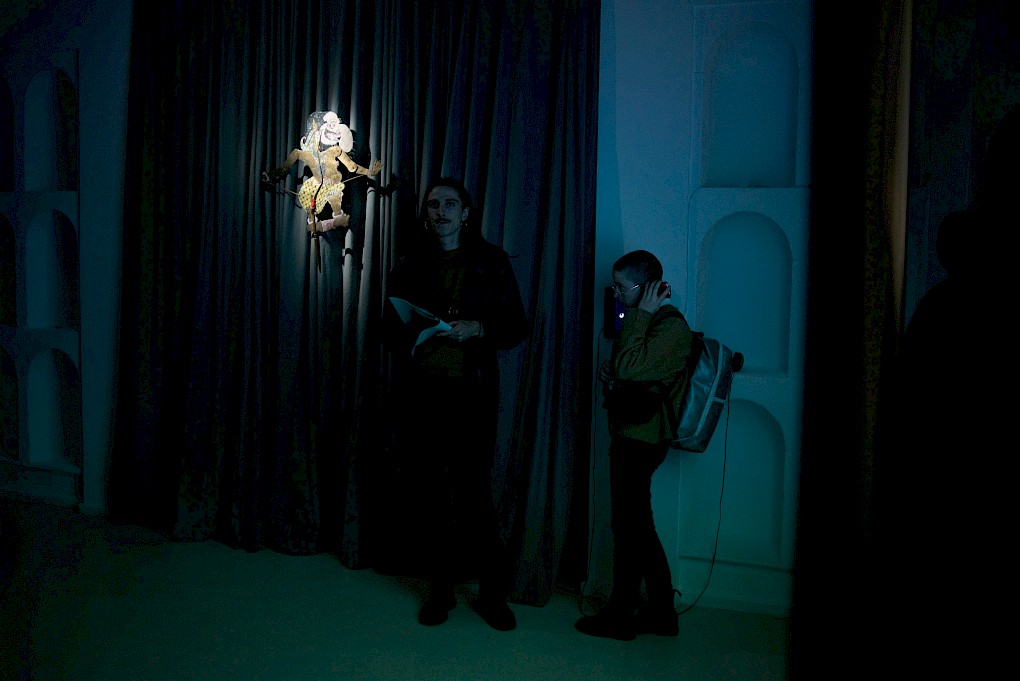
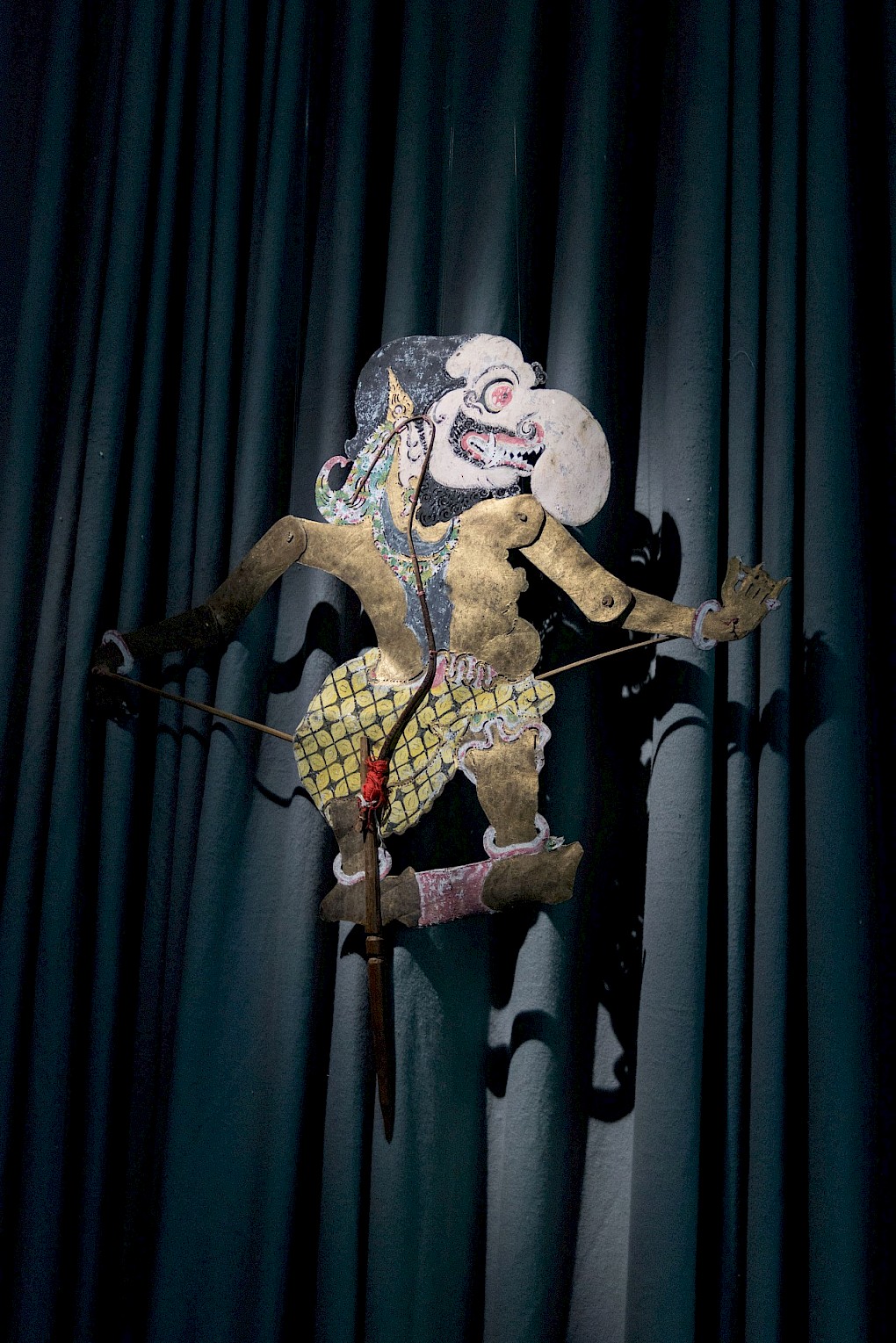
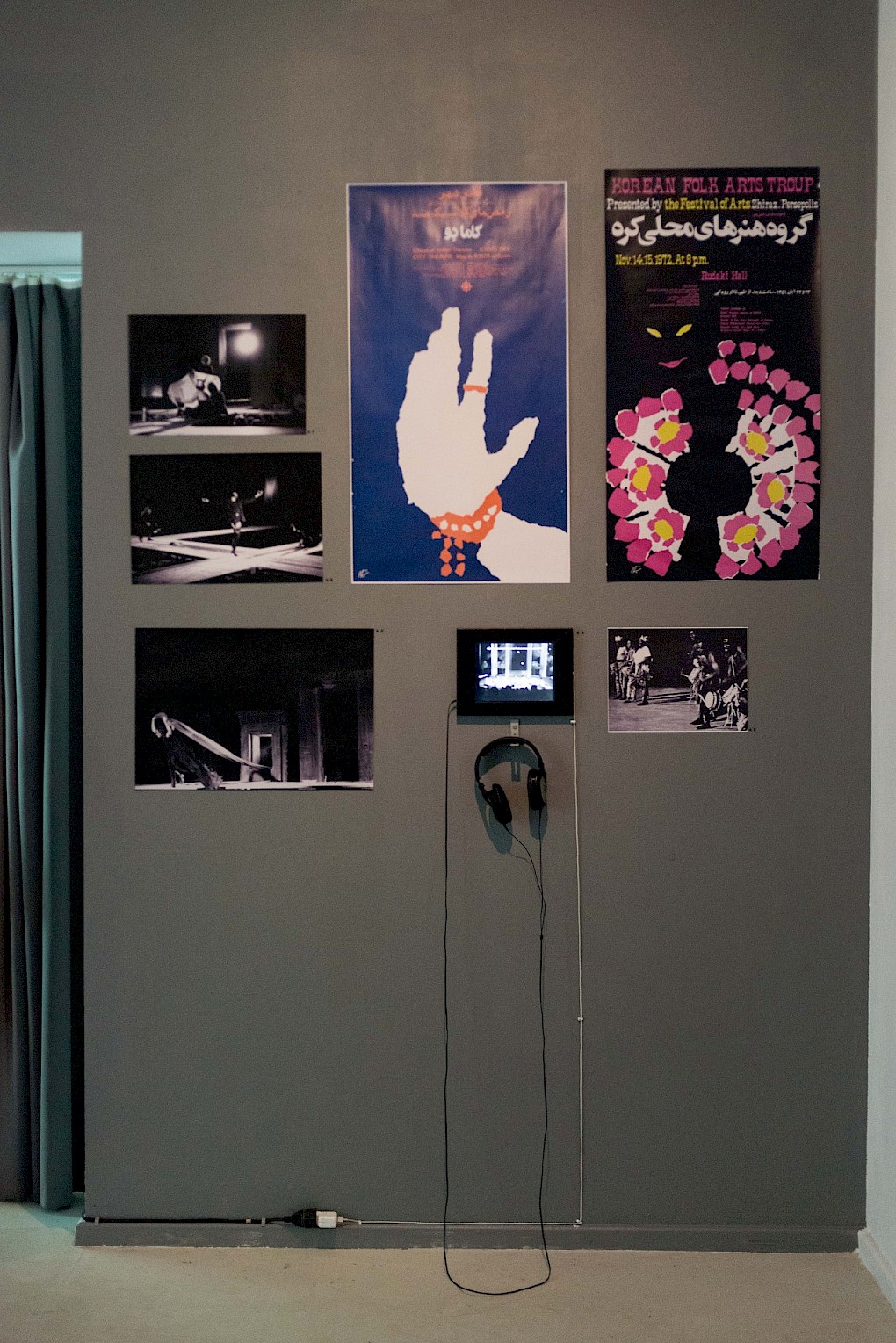
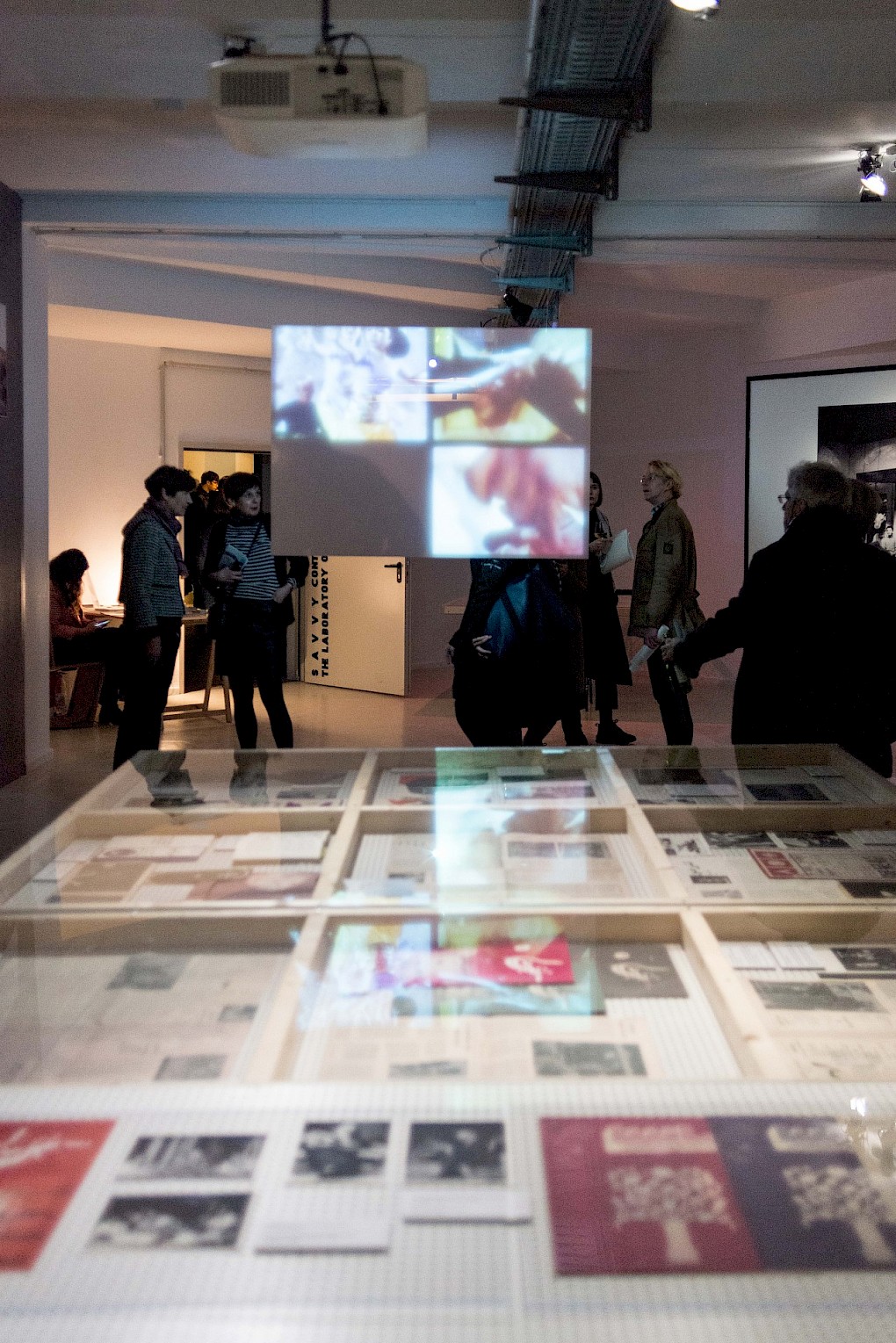
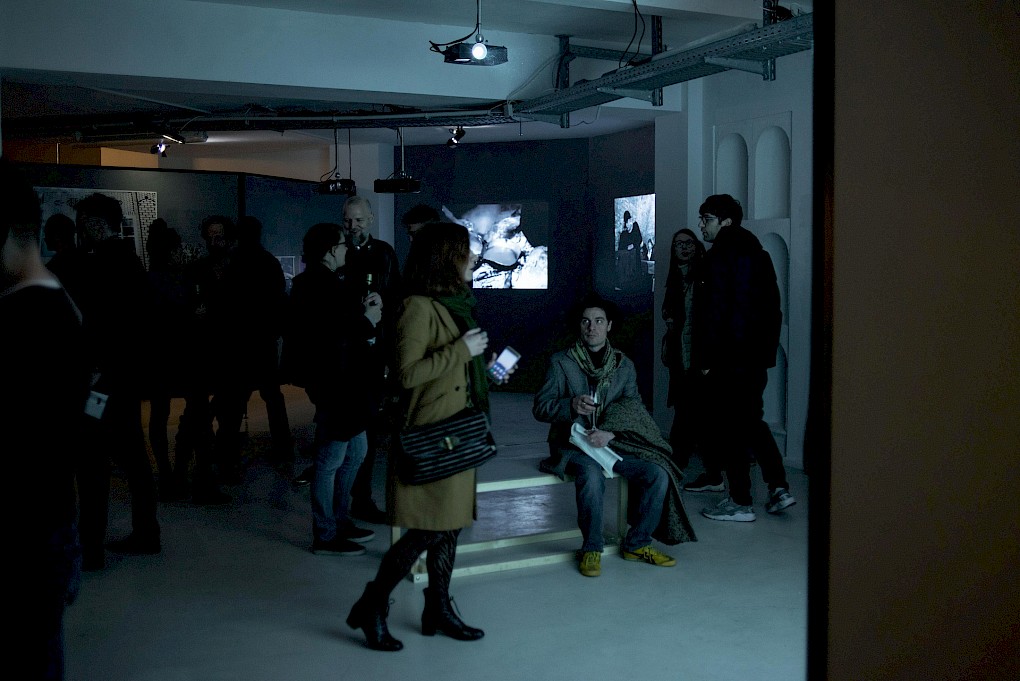
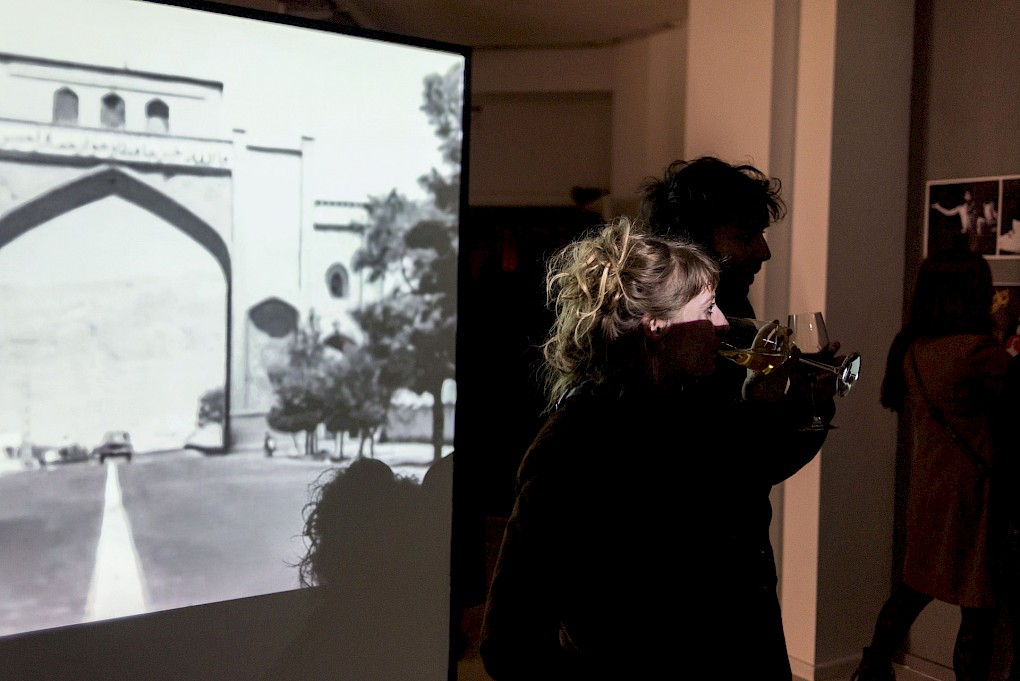
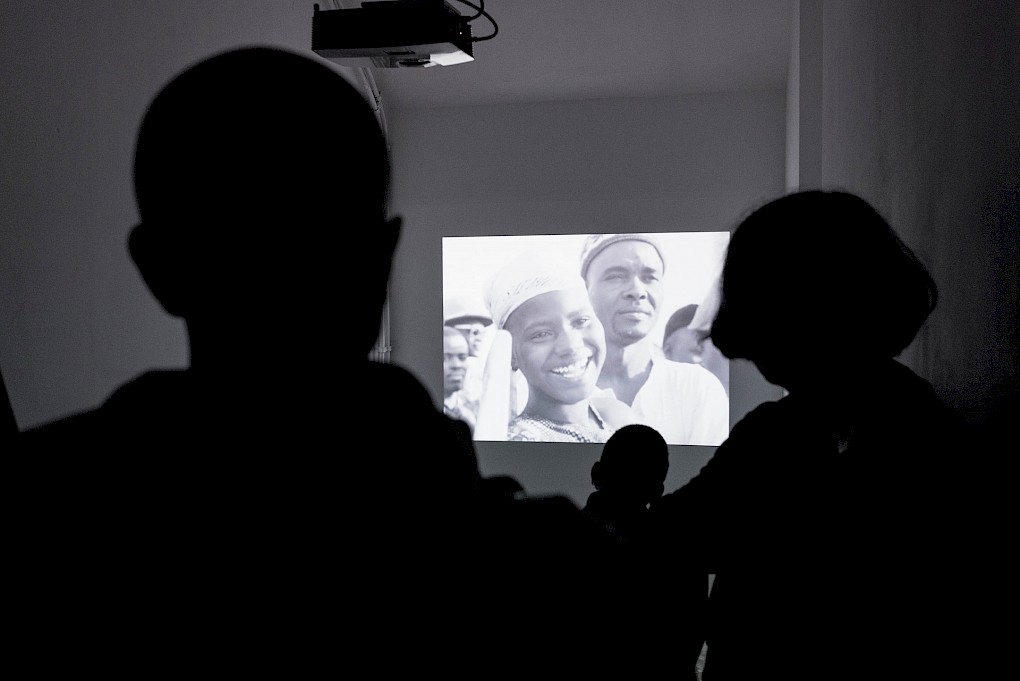
A Utopian Stage is a multi-faceted and open-ended, evolving project that revisits the intersection of modernism, art and revolution through the radical aspirations of the hyper-modernist networks of artists and experimentalists which defined the 1960s and 1970s. This reconstruction of a complex space of international modernity is defined by the ‘third worldist’ sensibilities of the immediate post-colonial period. The project traces a cultural atlas through which knowledge was exchanged across alternative (often non-European) plateaus. This process of global ‘reorientation’ takes us through a reconstruction of the gaze – subverting the single ‘reading’ of West to East into a more cyclical model, engaging in cultural, philosophical and political negotiations from East to East, East to West, South to East, South to South – constructing a panoramic exchange of global philosophical and artistic discourse. The project explores how in the aftermath of the collapse of European hegemonies and the rise of the Global South a fluid artistic exchange was possible across geographies, histories and forms in ways and on a scale that had never been possible before.
The ideals and the highs and lows of 20th century modernist universalisms are explored from the vantage point of the sensibilities and urgencies of the emerging Global South and their alliances with the international avant-garde. As a multipartite project, A Utopian Stage takes the decade-long Festival of Arts, Shiraz–Persepolis (1967-1977) as its point of departure and a case study. The festival, whose excavated archives have been banned at home in Iran since 1979 is considered as one of the most uniquely transformative inter-cultural experiences, perhaps the most radical multi-disciplinary crucible of any commissioning festival in history.
ACT I. THE SHIFTING SANDS OF UTOPIAS: A CULTURAL ATLAS
The interactive and ongoing cultural atlas conjures a fragmented history of the long twentieth century through the ambitions and contradictions of countless utopian universalist episodes and ideals: transcendental internationalisms; radical liberations; emancipating solidarities.
By the middle of the last century, the demise of the old European empires revealed a new horizon of opportunities and encounters for people and cultures across the world. The atlas serves as an evocation of the conjunction of modernism, art and revolution where marginalised communities could see themselves at the forefront of all. It summons the constantly evolving dreams and possibilities that emerged and dissolved from the alignment of art and revolution during the period.
Intending to be a living object the cultural atlas mutates with each re-instalment. It remains a deliberately unfixed, unfinished and unstable process – like the ideas and connections it conjures – intending to be animated by the spaces that it arrives in. To that effect, the cultural atlas is a live object. Audiences are encouraged to interrupt, intercept and shape the colour and tone of its evolution, and to expand its cosmos by proposing new links and initiating new constellations, unearthing the shifting sites of utopias across the twentieth century, based on their local context and experience.
ACT II. SHIRAZ-PERSEPOLIS: THE EXCAVATED ARCHIVES
Archaeology of the Final Decade unearths the archival materials of the radical and virtually-forgotten decade-long Festival of Arts, Shiraz-Persepolis (1967-1977). Over fifty years since its inception, A Utopian Stage explores the genealogies and implications of the festival’s modernist ambitions, using it as a lens through which to reconsider the legacies of modernism’s radical progressive arc. Embodying an optimistic drive to reimagine the world as an open universal arena for mutual exchange, the festival exalted in the dawn of the post-colonial age, aspiring to new solidarities and connections which marked the emergence of a new world.
Situating the festival against the background of contemporaneous political events and movements like the Non-Aligned Movement and Pan-Africanism, we examine how Shiraz-Persepolis acted as a contested site of competing solidarities and proliferating visions of an interconnected world; and how, importantly, it facilitated the encounter between international and ethnic avant-gardes. It is precisely the festival’s pronounced rejection of a tension-less, homogenizing fusion of cultures, and its alignment with the principles of particularism, cultural difference, and alterity that demand our attention today. For these qualities make the festival not only a unique historical object but point to the still latent possibilities of the utopian impulses that marked the cross-cultural histories of art and anti-colonial struggle in the 1960s and 1970s.
The festival itself was attacked through religious accusations of decadence, obscenity and blasphemy in 1977 by Islamists and subsequently banned by in Iran in 1979. Many of the artists involved were banned from work and its archives were removed or destroyed and remain banned to date.
The painstaking retrieval of those archives aims to push back those accusations to reveal a seminal modernist event in line with the euphoric drives and ideals of progress, openness, emancipation, inclusivity, and the overarching notion of a unity of disunities.
ACT III. A UTOPIAN STAGE: INVOCATIONS
Act III. A Utopian Stage: Invocations summons performative responses and critical conversations by an eclectic group of artists, performers, composers and thinkers who are invited to activate the contents, discourses, histories and points of reference relating to the radical and experimental spirits of the 1960s and 1970s. We invite the participants to zoom in and out of The Shifting Sands of Utopias: A Cultural Atlas (which is the very entry point into the exhibition at SAVVY Contemporary). The open platform of Invocations invites responses, interpretations and engagements with the emancipating ambitions and contradictions of ‘the age of modernism and revolution’ and the transcendentalisms, internationalisms and the radical desires to unlock utopian potentials.
ARTISTIC DIRECTOR Bonaventure Soh Bejeng Ndikung
CURATOR Vali Mahlouji
ASSOCIATE CURATOR Kamila Metwaly
EXHIBITION PRODUCER Ola Zielińska
ASSISTANT PRODUCER Jörg-Peter Schulze
MANAGEMENT Lema Sikod & Lynhan Balatbat
COMMUNICATION Anna Jäger & Marleen Boschen
VISUALS Elsa Westreicher & Lili Somogyi
TECH Bert Günther
ART HANDLING Wilson Mungai & Kimani Joseph
Collaboration The exhibition is presented within the program of MaerzMusik–Festival für Zeitfragen.
Credit (Visual) Orghast (Part II), written by Ted Hughes in collaboration with Mahin Tajadod, directed by Peter Brook, Arby Ovanessian, Geoffrey Reeves, Andrei Serban, created by International Centre for Theatre Research, performed at Naqsh-e Rostam, Iran, 1971. Courtesy of Festival of Arts, Shiraz-Persepolis, International Centre for Theatre Research and Archaeology of the Final Decade

